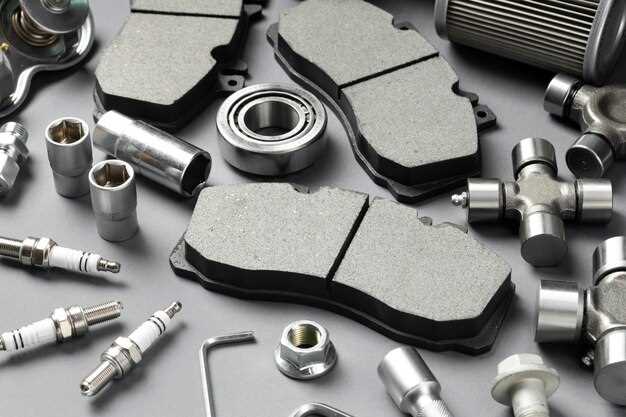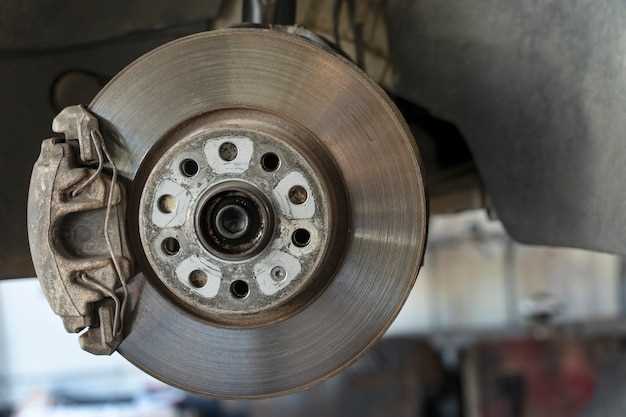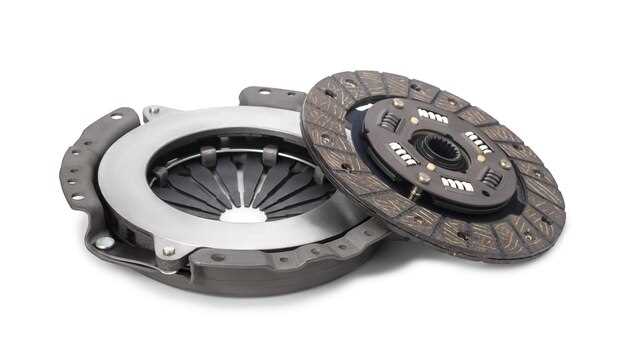
In the world of motorsports, the right performance modifications can mean the difference between winning and losing. Among these modifications, clutch kits play a critical role in transferring power from the engine to the wheels. For racing enthusiasts seeking to enhance their vehicle’s performance, selecting the best high-performance clutch kit is essential for achieving optimal acceleration and control on the track.
High-performance clutch kits are specifically designed to withstand the intense conditions of racing. They offer improved grip, quicker engagement, and enhanced durability, ensuring that your vehicle can handle the demands of high-speed racing. Whether you’re a weekend warrior or a competitive racer, understanding the various options available in clutch kits can help you make an informed decision tailored to your specific racing needs.
This article delves into the top high-performance clutch kits available today, highlighting their features, benefits, and suitability for various racing applications. By exploring these options, racing enthusiasts can find the perfect kit to unlock their vehicle’s full potential and elevate their track performance to new heights.
Ultimate Gear Engagement: Analyzing Clutch Response Times
For racing enthusiasts, the efficiency of gear engagement is crucial to achieving peak performance on the track. One of the key factors influencing this aspect is the clutch response time. Clutch response time refers to the duration it takes for the clutch to engage and disengage when the driver shifts gears. A shorter response time allows for quicker gear transitions, which can significantly enhance both acceleration and overall vehicle performance.
High-performance clutch kits are designed specifically to minimize response times. These kits often feature advanced materials and engineering techniques that enhance the clutch’s ability to transmit power without delay. For instance, streamlined designs and lightweight components reduce inertia, allowing for rapid engagement and disengagement. This is particularly beneficial during competitive racing, where every millisecond counts.
The performance characteristics of a clutch are further influenced by the type of friction material used. Performance clutches utilize specialized compounds that optimize grip and durability while maintaining a quick response time. These materials can withstand higher temperatures and pressures, ensuring consistent performance even under aggressive driving conditions.
Additionally, the design of the clutch assembly plays a pivotal role in response times. Features such as multi-plate designs or diaphragm springs can significantly improve engagement characteristics. A multi-plate clutch, for instance, distributes force more evenly, allowing for smoother transitions and minimizing the risk of slippage during gear shifts.
In race applications, achieving the ideal balance between clutch engagement speed and overall performance is essential. Too rapid of a response can lead to difficulties in control, while a sluggish response can hinder acceleration. Therefore, choosing the right clutch kit tailored to specific racing needs is paramount for maximizing both performance and driving experience.
Ultimately, analyzing clutch response times offers valuable insights into gear engagement efficiency. Racing enthusiasts should pay close attention to these metrics when selecting high-performance clutch kits, as they directly impact the vehicle’s responsiveness and competitive edge on the track.
Torque Capacity Comparison: Choosing the Right Kit for Your Setup

When selecting a high-performance clutch kit, torque capacity is a critical factor that can significantly affect your vehicle’s performance. Torque capacity refers to the maximum amount of torque a clutch can handle before slipping occurs. This measurement is essential for racing enthusiasts who aim to maximize their engine’s output while ensuring reliable power transfer to the drivetrain.
The torque capacity needed for your setup primarily depends on your vehicle’s horsepower, the modifications made to the engine, and the type of racing you participate in. For example, a naturally aspirated setup may require a different clutch compared to a turbocharged or supercharged engine, even if they produce similar horsepower. Understanding your vehicle’s power curve and torque output will aid in choosing the proper clutch to match your performance needs.
High-performance clutch kits typically feature upgraded materials and designs capable of handling higher torque loads. Options may include organic, ceramic, or metallic friction materials, each offering different characteristics. Organic clutches often provide smoother engagement and better drivability, while ceramic clutches are known for their ability to withstand higher temperatures and provide superior grip, making them favorable for drag racing applications.
Furthermore, you should consider the type of pressure plate when comparing clutch kits. A stiffer pressure plate can significantly increase the torque capacity but may also lead to a heavier pedal feel. It’s important to strike a balance between performance and drivability, especially for street use. Assessing your racing requirements alongside everyday driving needs will help inform your choice.
In summary, when choosing a high-performance clutch kit, focus on the torque capacity relevant to your specific engine modifications and racing goals. Always review manufacturer specifications and consider factors such as clutch material and pressure plate design to ensure optimal performance and reliability. Doing thorough research will significantly enhance your racing experience and vehicle performance.
Installation Insights: Expert Tips for Optimal Performance

When installing a high-performance clutch kit, precision and attention to detail are crucial for achieving optimal performance. Begin by thoroughly reading the manufacturer’s instructions, as each kit may have specific requirements that affect installation. Proper alignment of the clutch components ensures smooth operation and minimizes premature wear.
Using the right tools is essential. A torque wrench should be utilized to tighten bolts to the manufacturer’s specifications, as over-tightening can lead to failure or damage. Ensure that you also have the correct clutch alignment tool to achieve accurate positioning of the clutch disc during assembly. This step is vital to maintain a balance in the performance and enhance the longevity of the clutch system.
Cleanliness is paramount during installation. Remove any debris, old grease, or contaminants from the flywheel and pressure plate surfaces. This helps create a proper mating surface that promotes effective friction and optimal performance. If the flywheel is worn, consider resurfacing or replacing it to prevent slippage and to maximize the new clutch’s effectiveness.
After installation, break-in procedures should be followed as recommended by the manufacturer. Gradually apply load and avoid aggressive driving to allow the friction materials to seat properly. This process is essential for achieving peak performance and extending the lifespan of the clutch system.
Finally, monitor the clutch’s performance closely after installation. Watch for any signs of slipping, unusual noises, or engagement issues, as these can indicate improper installation or the need for adjustments. Regular maintenance checks are also recommended to keep the clutch operating at its best.


